#20th century archaeology
Explore tagged Tumblr posts
Text
What happened in archaeology during the 20th century? - Part 2
As mentioned in the previous article, during the time before 1960 in the 20th century, the focus was on methodological improvements in archaeology. From 1960 on, the focus was on theoretical improvements in archaeology. This does not mean that the 1960s marked a clear line between methodological and theoretical development in archaeology. This means the majority of events and concerns in the discipline were slightly different before and after 1960.
What happened in archaeology after 1960s?
From 1960 on, archaeology transformed into a new version of itself. We refer to it as “New Archaeology”. So, the birth of new archaeology is the main thing that happened in archaeology after 1960.
What is New Archaeology?
In new archaeology, the main focus is on studying the cultural processes of past human societies. As you may remember, in the background era of archaeology, the focus was to discover the legendary cities of the past. In the Renaissance era, the focus was to collect antiquities and study the history of antiquity. Then, in the 19th century, the focus was on studying the history of humans and their culture. Again, in the 20th century before 1960, the focus was the same. Then, only after 1960, scholars started to study how human cultures were born, evolved, and changed.
In simple words, before this new archaeology, what archaeologists studied were random and independent events in the past related to humans. But with new archaeology, they studied how those events in history connected with each other. They studied how both intentional and accidental acts of human ancestors have shaped their culture. How did the things that past humans did as well as the things that happened to past humans shape the cultures of past humans? They examined. So, as archaeologists focused on this process of birth and evolution of cultures, we call this processual archaeology.
Read full article on New Archaeology: Processual Archaeology at kamalsjournal.com
Other than the birth of New Archaeology, there were a few important events and trends that occurred after the 1960s, as listed below:
Scholars like Lewis Binford introduced new theories that resulted the emergence of new archaeology
Gordon Childe had introduced his theory of the Neolithic Revolution, explaining how human ancestors domesticated animals and plants. He said that after the domestication of animals and plants, establishing settlements and making pottery took place in order. Archaeology became the scientific discipline to test these theories.
The extensive use of technology to analyse and interpret data
Studies transformed into problem-oriented studies. Scholars began to conduct studies to find answers to research questions.
The studies focused on providing more rational conclusions than ever.
Archaeologists introduced Rescue archaeology, or salvage archaeology, to save archaeological monuments and sites as warfare and development projects were causing huge destruction to them Soon, Archaeological Impact assessments became a necessity before development projects.
In 1970, scholars introduced cultural resource management to protect valuable archaeological sites and monuments. Then, they introduced archaeological heritage management and cultural heritage management too.
So, the new archaeology is an upgrade of archaeology that emerged in the 1960s with better theories and methods, focusing on studying the cultural processes of the human past through material data.
What Happened in Archaeology After 1980?
After 1980, the new archaeology was questioned, and a new version emerged, named post-processual archaeology. Scholars like Ian Hodder introduced new theories for archaeology. This age was literally a period of theoretical reform in archaeology. In order to understand archaeology in this age, the characteristics of new archaeology and post-processual archaeology can be compared.
The new archaeology focused on quantitative results. Post-processual archaeology focused on qualitative results.
The new archaeology was pessimistic. Post-processual archaeology was optimistic. In new archaeology, it was believed that past human cultures were never able to be reconstructed with the limited data found in archaeology. In post-processual archaeology, the approach was optimistic regarding the matter.
New archaeology focused on the processes that were behind creating antiquities. Post-processual archaeology focuses on the culture behind antiquities.
The new archaeology focused on explaining past landscapes as cultural processes. Post-processual archaeology focuses on cultural or cognitive aspects of past human beings.
New archaeology considered that past incidents happened that way because of external factors such as environmental conditions, and things only changed when the environment changed. But post-processual archaeology considers the choices made by humans in the formation of history.
New archaeology looked into the past from the same point of view as we look into the present. But post-processual archaeology looked at the past from different perspectives.
New archaeology tried to understand the past as patterns of social, economic, and political anomalies, but post-processual archaeology tries to understand the past as a collection of individual anomalies. As an example, in new archaeology, it will be said that the Stone Age is followed by the Bronze Age, and the Bronze Age is followed by the Iron Age as a pattern, with some minor exceptions, due to the nature of the impact from the environment. But, in post-processual archaeology, it will be specific with the place and time where and when the Stone Age was followed by which, either bronze, copper, or iron, considering the individuality of incidents and trends that occurred in the history of mankind due to the cognition of mankind, not the environment.
Read full article on Post-Processual Archaeology at kamalsjournal.com
Summary
As discussed above, the discipline of archaeology, which had already emerged in the 19th century, was developed further as a science in the 20th century. In the first six decades of the 20th century, the use of technology extensively developed archaeology as a science in practical ways, such as chemical dating methods.
Then, in the 1960s, the theoretical evolution of archaeology took place. Rather than explaining the story behind antiquities, the past human cultural process was studied with the use of antiquities, marking the first origin of the form of archaeology we have today, which is ‘studying through material data’. And also, archaeological heritage management was introduced to have standards for dealing with archaeologically important heritage.
Then, in the 1980s, with post-processual archaeology, the approach to archaeological studies changed. Earlier, mankind’s cognition was neglected when recreating the past through material remains. There, the environment was considered the force of evolution. Simply put, it said that human culture had changed due to environmental changes. But, in post-processual archaeology, it was said that human culture changed mainly due to the intelligence humans had. As humans, we could choose whatever we wanted with our intelligence. Further, it emphasised that the past is not a pattern but a collection of various occurrences that happened at various times and in various places individually.
As of today, the archaeology we refer to is this post-processual archaeology. So, this is the long process of the origin of archaeology. However, there is an ongoing, never-ending debate about processual archaeology vs. post-processual archaeology.
At this point, if you read all seven articles, I am sure you probably get the same image in your head as I do when I hear “History of Archaeology”. And now, most probably, you have your own idea of the origin of archaeology too.
#archaeoblr#archaeology#archaeologist#archaeology for all#archaeology student#origin of archaeology#history of archaeology#20th century archaeology#archaeology in the 20th century#archaeology in the 60s#archaeology in the 80s#new archaeology#processual archaeology#post-processual archaeology#kamalsjournal#chanakakamal#empowering curiosity#inspiring understanding#sharing knowledge#academic blog
2 notes
·
View notes
Text
Studying an abandoned factory in Cocentaina (Valencian Country) as part of a study on archaeology of the Industrial Revolution, the local study group has discovered a wall painting dating from the Spanish Civil War (1936-1939):
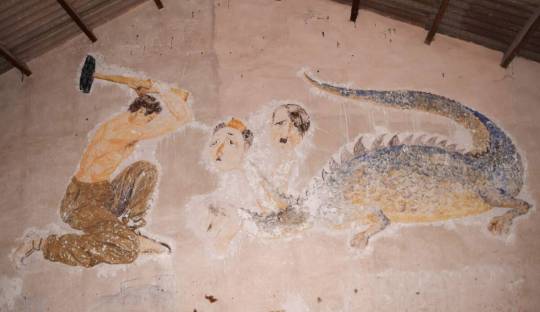
It shows a shirtless worker about to hit a three-headed dragon with a hammer. The three heads of the dragon are Franco, Hitler and Mussolini.
This painting, which was hidden behind a layer of lime, was made by the soldiers stationed in the factory. They were the 6th Rearguard Battalion, who were from Alacant (Valencian Country).
Source: Lletraferit.
#país valencià#història#art#cocentaina#archaeology#spanish civil war#guerra civil#valencian country#antifascism#antifascist#history#1930s#20th century history#20th century#antifa
180 notes
·
View notes
Text
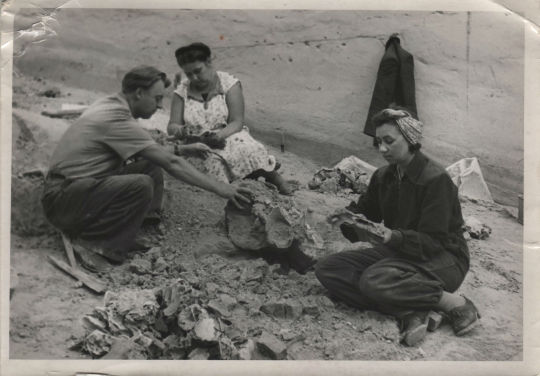
Archeologists Ivan Gavrilovic and Anna M. Shovkoplyas work on an excavation in the Obolon district near the Dnipro River in Kyiv Ukraine. 20th century. X
#vintage ukraine#black and white#ukrainian history#20th century#kyiv#ukraine#obolon#dnipro river#vintage photo#archaeology#eastern europe
56 notes
·
View notes
Text
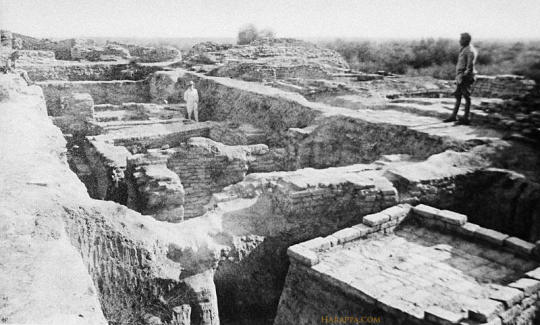
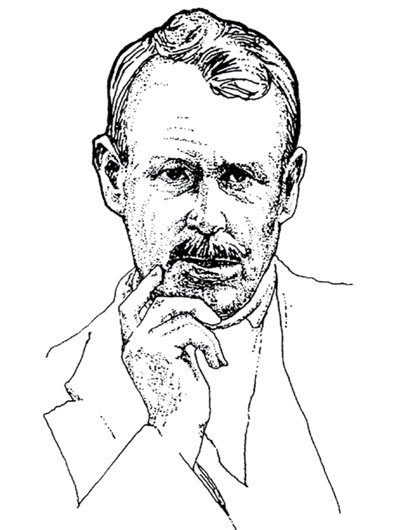
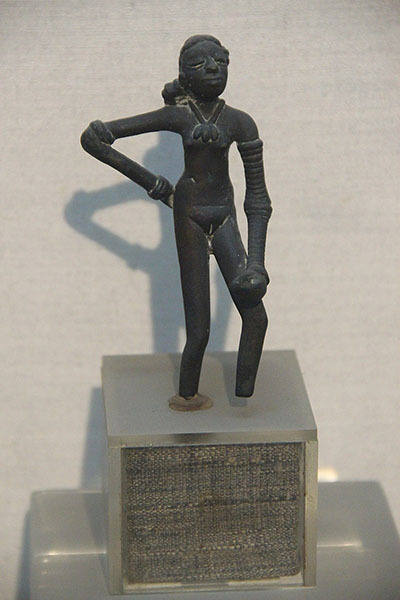
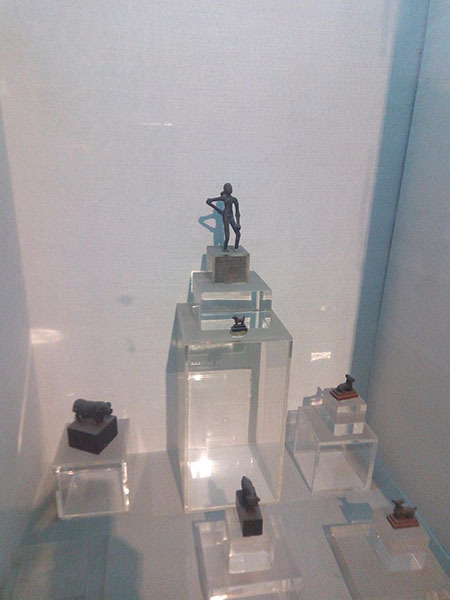
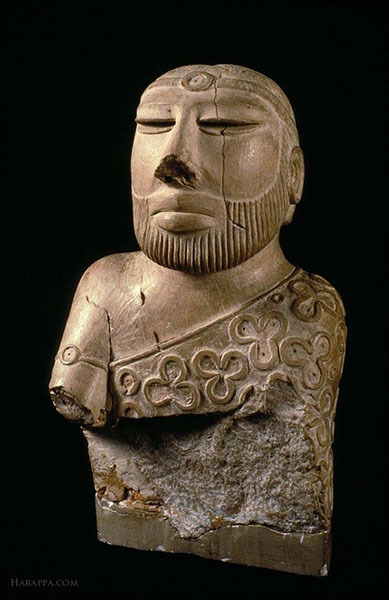
Ernest Mackay – Scientist of the Day
Ernest John Henry Mackay, an English archaeologist, died Oct. 2, 1943, at age 63.
read more...
#Ernest Mackay#archaeology#Mohenjo-Daro#Dancing Girl#histsci#histSTM#20th century#history of science#Ashworth#Scientist of the Day
18 notes
·
View notes
Text

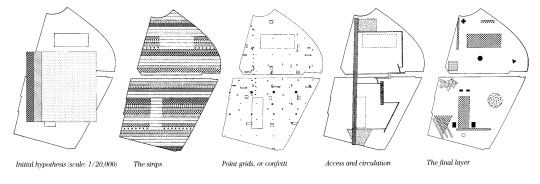
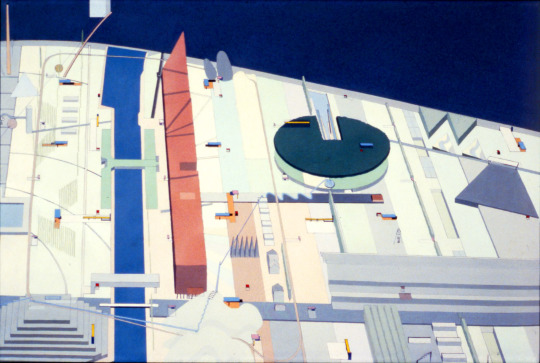






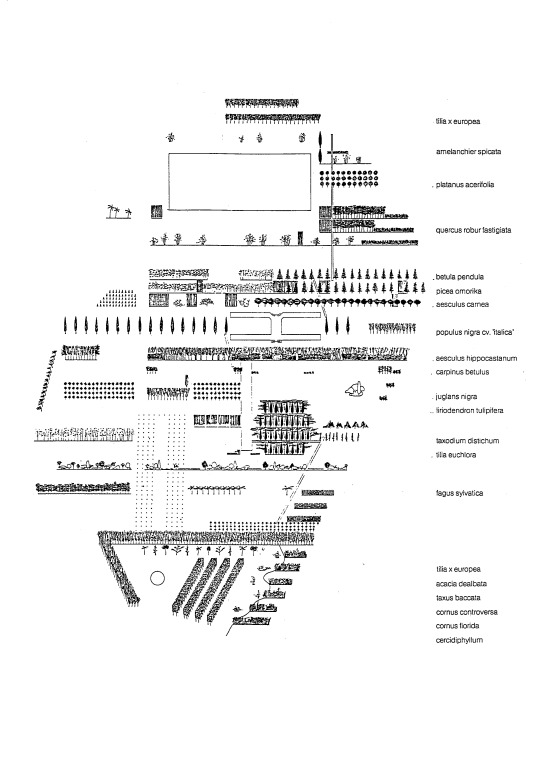
La Villette park Paris, France 1982 Michel Corajoud (1937–2014), architect Elia Zenghelis (1937–), architect Rem Koolhaas (1944–), architect OMA (1975–), architect
#michel corajoud#elia zenghelis#rem koolhaas#oma#paris#france#europe#architecture#1980s#20th century#leisure#outdoors#urban#building on the built#industrial archaeology#order and disorder#patterns#pavilions#public spaces#reading and writing the city
13 notes
·
View notes
Text


and if i tell you that one of the world's first known curators of archaeological finds was a babylonian princess called ennigaldi-nanna? that she created the first (known to us) public museum?
brief overview on wikipedia: https://en.wikipedia.org/wiki/Ennigaldi-Nanna%27s_museum
#ARTIFACTS “as early as the 20th century BCE” ?!?!?!?! like fucking hell#also the “some are thought to have been excavated by Ennigaldi herself” like !!! u go queen !!!#her dad inspired a love of archaeology in her apparently !!#ennigaldi-nanna#oh i want to meet her#archaeology#ancient history#i
7 notes
·
View notes
Text
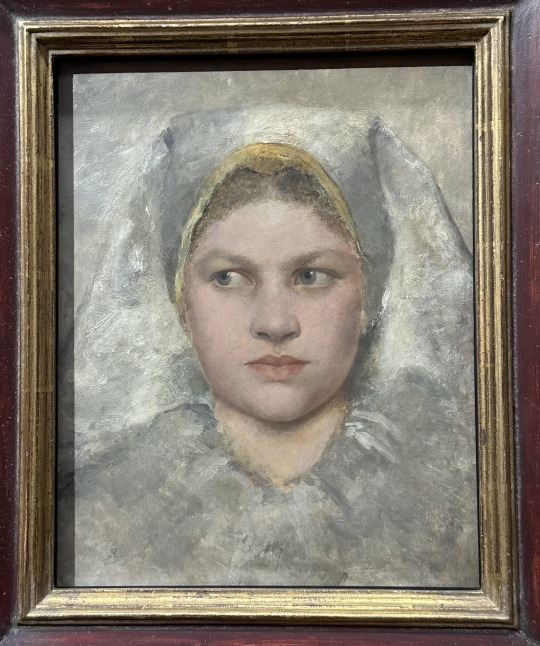
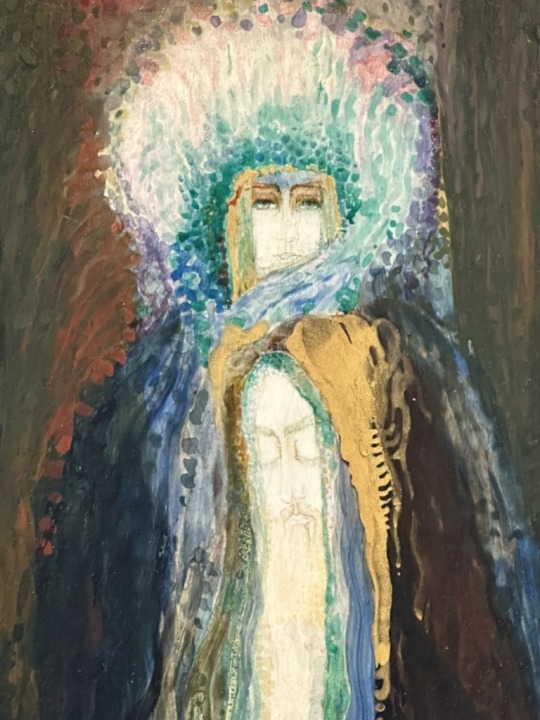
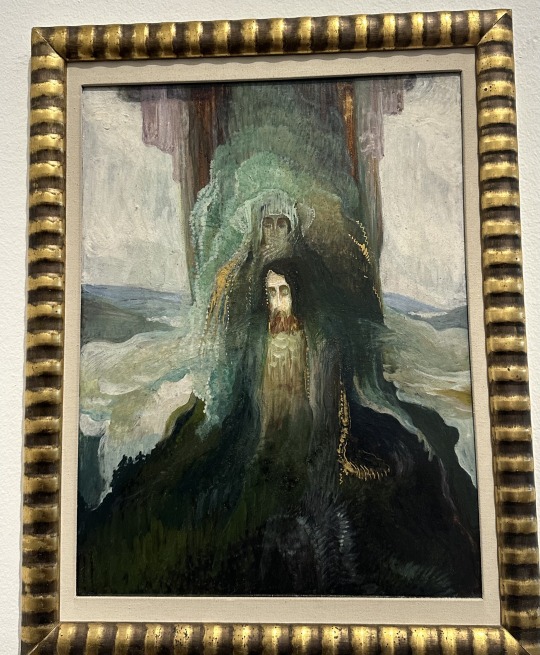
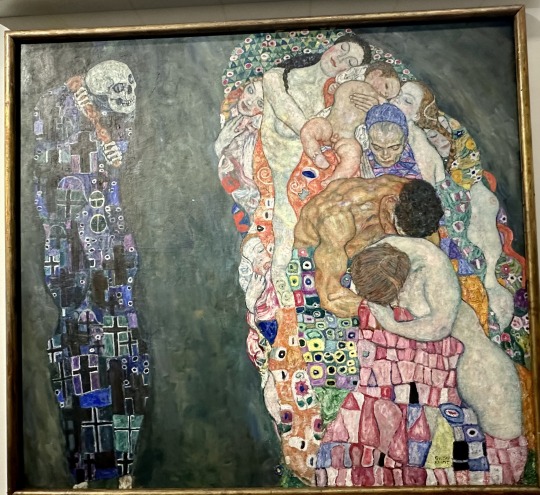
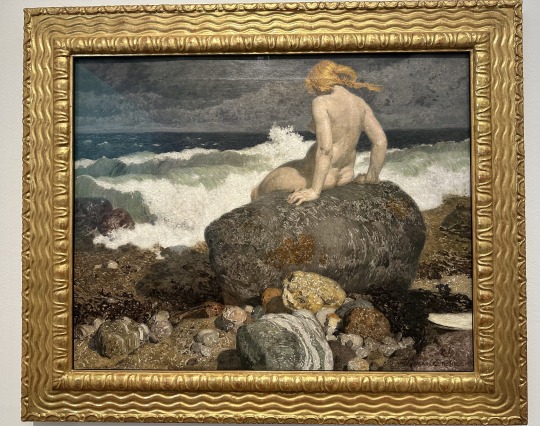
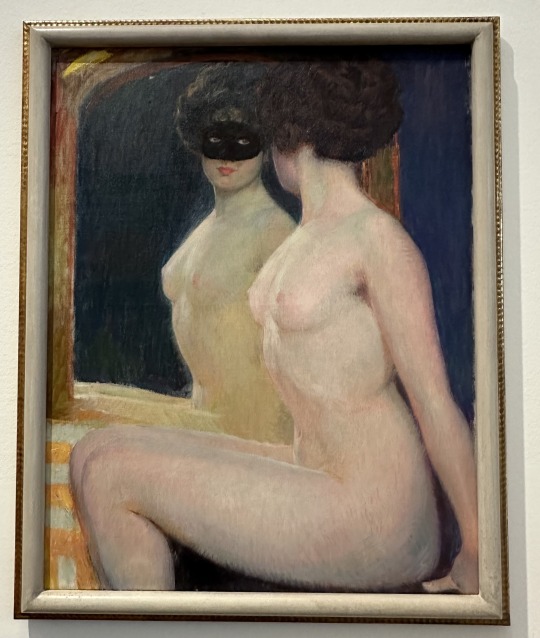
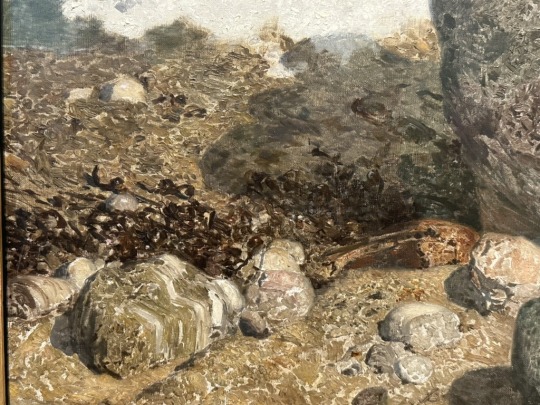


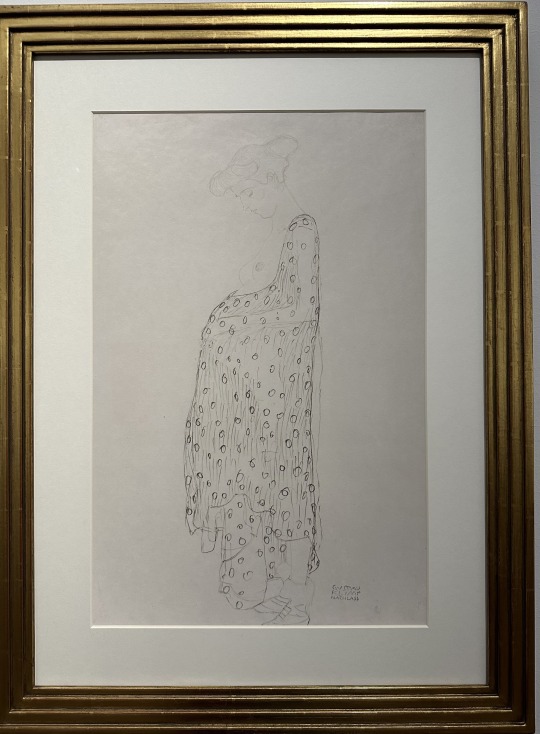
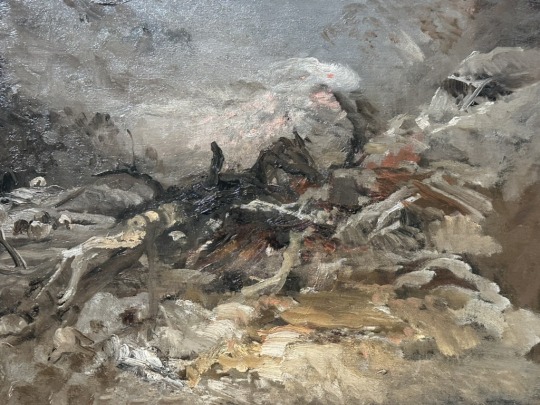
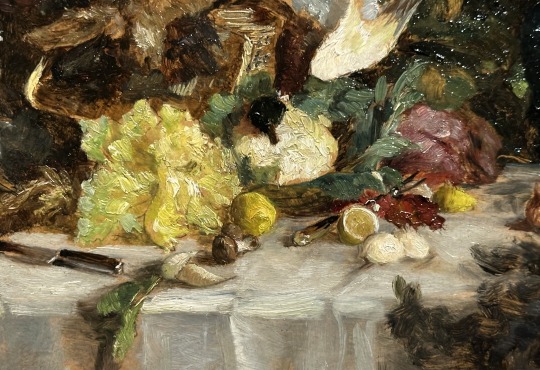
Leopold Museum Vienna 23/12/23
#art#art history#academia#archaeology#anthropology#museum#renaissance#gustav klimt#vienna secession#vienna#still life#painting#modern#20th century#leopold museum
6 notes
·
View notes
Text
In 1988 excavators at Pengtoushan in the Yangzi Valley (Figure 2.7) noticed that around 7000 BCE potters began mixing rice husks and stalks into their clay to prevent pots cracking in the kiln, and close study revealed surefire signs that these plants were being cultivated.
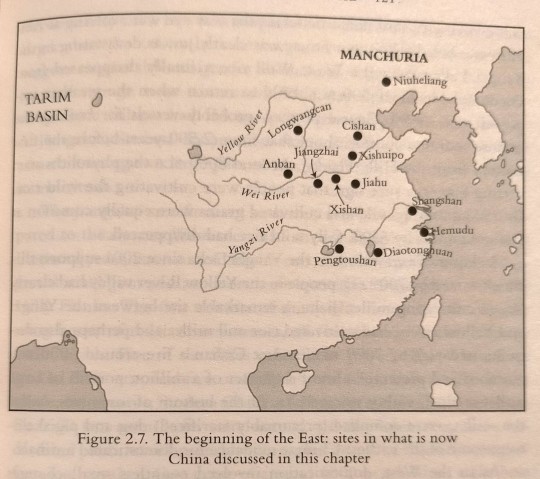
"Why the West Rules – For Now: The patterns of history and what they reveal about the future" - Ian Morris
#book quotes#why the west rules – for now#ian morris#nonfiction#80s#1980s#20th century#archaeology#excavation#pengtoushan#yangzi river#yangzi valley#potter#pottery#rice#husk#stalk#cracking#kiln#cultivation
2 notes
·
View notes
Text
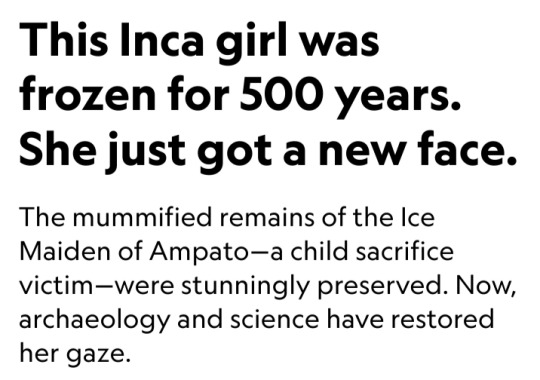
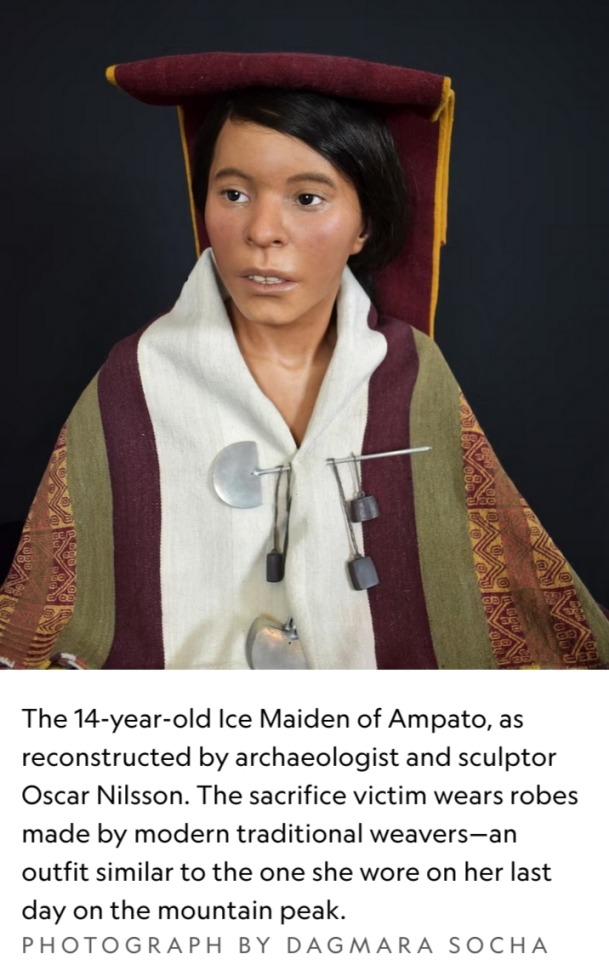
By Erin Blakemore
October 25, 2023
More than 500 years ago, a 14-year-old girl was escorted up an Andean peak and sacrificed to Inca gods.
Buried on the mountain with a variety of offerings, the young woman’s body naturally mummified over time, preserving her hair, her fingernails, the colorful robes she wore on her last day.
But at some point across the centuries, her face became exposed to the elements, her features slowly vanishing over seasons of sunlight and snowfall.
Now, that long-lost face has been recovered thanks to painstaking archaeological analysis and forensic reconstruction.
A striking 3-D bust of the young woman, known today as the Ice Maiden of Ampato, is the centerpiece of a new exhibit in Peru and part of an ongoing effort to understand the drama of human sacrifice practiced in the Andes half a millennium ago.
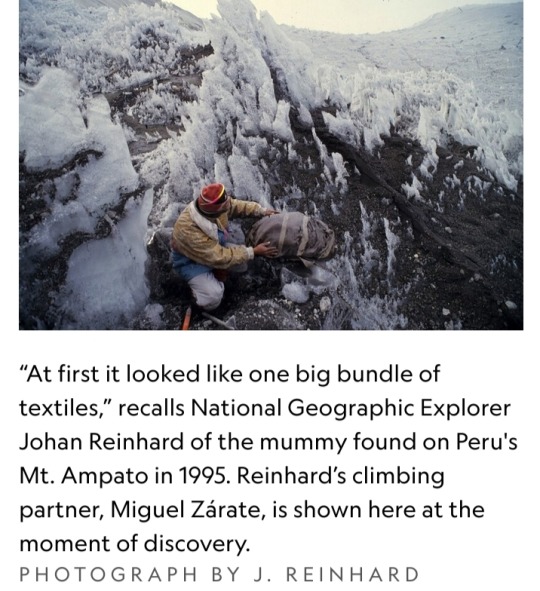
A sacrificial offering
When National Geographic Explorer Johan Reinhard encountered the mummy, also known as Juanita, atop 21,000-foot Mount Ampato during a 1995 expedition, he knew he had discovered something spectacular.
“At first it looked like one big bundle of textiles,” Reinhard recalls. Then he saw the wizened face amid the folds of fabric.
Here was a young victim of the elusive Inca ritual known as capacocha.
Capacocha mostly involved the sacrifice of children and animals who were offered to the gods in response to natural disasters — to consolidate state power in far-flung provinces of the Inca Empire, or simply to please the deities.
The ritual played an important part in sustaining the Inca Empire. It would involve feasts and grand processions to accompany the children, who appear to have been chosen for their beauty and physical perfection.
Being selected for sacrifice, researchers believe, would have considered a deep honor by the child’s family and community.
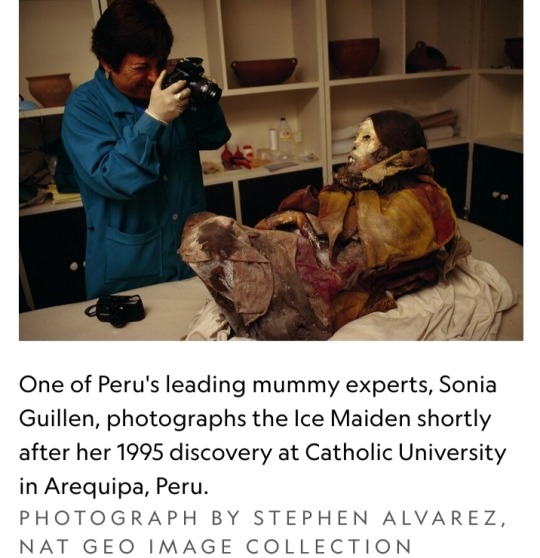
Most of the information we have on capacocha, however, is second hand, notes Dagmara Socha, an archaeologist with the Center for Andean Studies at the University of Warsaw who studies the ritual and commissioned the facial reconstruction of the Ice Maiden of Ampato.
“No European colonist ever saw the ceremony,” she explains.
Despite gaps in the historical record, the high-altitude archaeological finds of more than a dozen Inca children on Ampato and other mountains point provide critical evidence for what happened during these rituals.
The means of sacrifice varied, perhaps due to customs related to specific gods. Some children were buried alive or strangled; others had their hearts removed.
The Ice Maiden’s life ended with a single blunt-force blow to the back of the skull.
In search of the Ice Maiden
Oscar Nilsson knows that skull intimately: He spent months with a replica of it in his Stockholm studio, eventually fashioning a sculpture of the 14-old-girl that, glimpsed from afar, almost seems alive.

It’s a two-step process, says the Swedish archaeologist and sculptor.
First, Nilsson immerses himself in the world of his subject with an archaeologist’s eye for detail, digesting as much data as possible to understand what she might have looked like.
Even without a mummified face, he can extrapolate the likely depth of the facial tissue that once draped over those bones, using everything from CT scans to DNA analyses to information about diet and disease to make educated guesses about the individual’s face.
Then came the handiwork. Nilsson printed a 3-D replica of the Ice Maiden’s skull, plugging wooden pegs into its surface to guide the depth and placement of each hand-crafted, plasticine clay muscle.
Eerie eyes, masseter muscles, a nose, the delicate rope-like tissues that constitute a human face: each was added in turn.
After making a silicone mold of the bust, he added hundreds of individual hairs and pores in shades of brown and pink.
It took ten weeks.
Following the Inca Gods
The result, wrapped in robes woven by local women from Peru's Centro de Textiles Tradicionales, is the main attraction at “Capacocha: Following the Inca Gods” at the Museo Santuarios Andinos in Arequipa, Peru through November 18.
The reconstruction will be displayed alongside the Ice Maiden’s mummy, accompanied by the stories of 15 other children selected for capacocha atop Ampato and other Andean peaks.
Their ages range from 3 to about 13. The mummies and skeletal remains of several are featured as 3-D models at the exhibition, which also showcases holographs of some of the sacred items buried alongside them.
These natural mummies offer scientists tantalizing clues about their last days.
When Socha and colleagues conducted toxicological and forensic analyses of the remains of a toddler and four six-to-seven-year-old victims featured in the exhibition, they found they were well cared for in the months before their sacrifice.
They were fed a steady diet of coca leaves, ayahuasca vine, and alcohol in the weeks before their deaths — not as much to intoxicate them as to keep them sedated and anxiety-free as the timeline hurtled toward their sacrifice.
“We were really surprised by the toxicology results,” says Socha.
“It wasn’t only a brutal sacrifice. The Inca also wanted the children to be in a good mood. It was important to them that they go happily to the gods.”
High altitude, psychogenic substances, the spectacular view, the knowledge the afterlife was near — all must have made for an astonishing ceremony, says Reinhard.
“The whole phenomenon must have been overpowering.”
During the last phase of his reconstruction, Nilsson spent hours contemplating and attempting to capture the young girl’s presence 500 years after her death.
The result is both unsettlingly realistic and jarringly personal.
“She was an individual,” the forensic reconstructionist says.
“She must have understood her life would end on the mountaintop in a couple of weeks. We can only hope that she believed in the afterworld herself.”
For Reinhard, finally seeing the face of the girl he carried down the mountain on his back decades ago brought the Ice Maiden’s story full circle.
“It brings her back to life,” he says. The reconstruction brings the focus as much to her culture and daily life as to her spectacular death.
But Nilsson never forgot the way the Ice Maiden died, even as he brought her to life through his reconstruction.
More than anything, he says, he wanted to capture a sense of being frozen — a nod not just to her icy, mummified future but to a girl teetering on the edge of eternity, though still very much alive.
“She knew she was supposed to smile, to express pride,” he says. “Proud to be chosen. But still very, very afraid.”
#Ice Maiden of Ampato#Inca Girl#archaeological analysis#forensic reconstruction#human sacrifice#Peru#3-D bust#Juanita#Johan Reinhard#Mount Ampato#National Geographic#National Geographic Explorer#expedition#1990s#20th century#capacocha#Inca ritual#Inca Empire#Dagmara Socha#facial reconstruction#archaeology#archaeologists#Oscar Nilsson#sculptor#Centro de Textiles Tradicionales#Capacocha: Following the Inca Gods#Museo Santuarios Andinos#natural mummies#culture#forensic reconstructionist
2 notes
·
View notes
Text
More than four thousand fragments have been recovered here since the 1990s, dated between 564,000 and 600,000 years ago.
"Why the West Rules – For Now: The patterns of history and what they reveal about the future" - Ian Morris
#book quote#why the west rules – for now#ian morris#nonfiction#bones#bone fragments#caves#atapuerca#spain#pit of bones#90s#1990s#20th century#archaeology
0 notes
Text
Sarajevo's Olympics
Today, the bobsled track looks very different. Years of war and turmoil led to not only the neglect of the bobsled track but the utilization of it during the war. It was used by Serbian forces during the war.¹ Like many sites in Sarajevo, it is pock-marked with bullet holes, a casualty of the war.
The surrounding mountains were also riddled with landmines, which were used excessively in Sarajevo and in surrounding areas during the war.² Some of these landmines remain unexploded (and therefore incredibly dangerous), and local guides have historically warned tourists not to stray too far off paths at the risk of detonating them.
An example of the bullet holes and damage done on the bobsled track during the war. (my photo)

The level of damage done on the bobsled track is extreme. Primarily constructed of concrete blocks, the bobsled track was built to last. Even through the horrors of the siege and subsequent abandonment by the government, the bobsled track has remained standing.
It is now a canvas for the artists of Sarajevo, full of detailed and exceptional graffiti. It has even become a sort of symbol for the city. Even through war, years of instability, and neglect, Vučko remains. Now spray painted back onto the destroyed track, he takes on an entirely new meaning altogether: that Sarajevo survived.
More of my photos illustrating the current condition of the track.


¹ David Wallechinskyand Jaime Loucky [2009]. The Complete Book of the Winter Olympics: 2010 Edition. London: Aurum Press, 7.
² https://1997-2001.state.gov/global/arms/rpt_9809_demine_ch3i.html
Additional source:
https://www.atlasobscura.com/places/sarajevo-bobsleigh-track#:~:text=The%201300%2Dmeter%20concrete%20track,the%20Olympics%20garnered%20enormous%20crowds.)
All photos mine.
Part 2 in a 2 part series about Sarajevo's bobsled track.
1 note
·
View note
Text
What happened in archaeology during the 20th century? - Part 1
The 20th century marked the fourth phase of the history of archaeology. It was indeed a century of theoretical reforms in archaeology. In other words, the archaeology we know today first emerged in this era.
1. Introduction to Archaeology in the 20th Century
As previously said, archaeology began as a scientific subject at the end of the nineteenth century. It advanced as a scientific field in the twentieth century. So, the practice of archaeology as we know it began in the twentieth century. As previously noted, several theories in archaeology were introduced, evaluated, and practiced beginning in the nineteenth century.
Therefore, unlike in the Renaissance era, archaeology in the nineteenth and twentieth centuries was about changes in theories. In the view of scholars, the modifications were more significant than the findings.
In other words, prior to the nineteenth century, archaeology was more concerned with "what antiquities we discovered." Then, after the nineteenth century, it was more about "how to find antiquities." Then, after the twentieth century, it was more about "why we find antiquities" and "what we do with found antiquities". As a result of those modifications, the timeline of archaeology in the 20th century can be divided into three sections, such as:
the period before 1960,
the period of New Archaeology after 1960 till 1980,
the period of post-processual archaeology after 1980.
Each of these has unique characteristics and a backstory. Studying them can help you understand the evolution of archaeology throughout history. As a result, you may have a better understanding of what archaeology is. Furthermore, studying this period in archaeology's history will help you understand archaeological thought or archaeological theory.
For clarity and ease of understanding, we'll only skim over these three time spans. Because there are many complex things to simplify, I aim to examine the final two periods mentioned in the preceding list in separate pieces.
So, this article will provide you with some insight about each of these periods. However, after reading this article, you will have a thorough understanding of 20th-century archaeology. Finally, by the conclusion of it, you will have a thorough comprehension of archaeology as well as its history.
What Happened in Archaeology Before 1960?
Prior to 1960, archaeology was an extension of the same archaeology that existed in the nineteenth century. As is clear, beginning in the early nineteenth century, there were modifications and advancements in every subject of study. Archaeology emerged from what was already present. And it evolved with the enormous impact other fields had on it. And this happened to both theories and practices. So, how can we answer the question, "What happened in archaeology before 1960?" Well, to do that, we need to look into several historical events and trends in the world. In addition, we must investigate numerous aspects of archaeology. You may explore all of these events, trends, and characteristics by using the list below:
extensive use of multidisciplinary approach
impact of warfare on archaeology
extensive use of technology
emergence of underwater archaeology
introduction of new chronological dating methods
the discoveries for evidences of oldest human ancestors
We can look into each of these to see how and why they shaped archaeology's history.
1. The Extensive Use of Multidisciplinary Approach in Archaeology
As previously said, by the end of the nineteenth century, not just archaeology but also many other fields of study had evolved into scientific sciences. Also, during that time period, those scientific fields interacted with one another. That is, when one discovery or new idea in one subject broadens the general understanding of something, it benefits other disciplines.
As an example, consider geology and archaeology, which were discussed in the preceding article. Archaeology profited from the introduction of stratification in geology by geologists. Archaeologists used geology's notion of stratification to undertake archaeological studies from then on. In other words, archaeologists approach their research from multiple perspectives. Therefore, it was multi-disciplinary. And this continued and became a thing in every discipline before 1960 in the twentieth century.
In this multidisciplinary approach, archaeologists thought about the theories and methods developed in other disciplines to conduct studies. This increased the accuracy, scientific rigour, and scope of archaeological studies. As an example, we can discuss how chemistry aids in the determination of absolute dates for artefacts. There will be no carbon dates, thermoluminescence dates, or potassium-argon dates if chemistry does not exist. You can now see how the multidisciplinary approach has shaped archaeology.
2. The Impact of Warfare on Archaeology
We humans developed advanced technology as a result of the World Wars. Radar, sonar, and aerial photography were all developed by war engineers and scientists. They also provided new planning, mapping, drawing, recording, and measuring equipment and processes. Most significantly, the war produced some people who knew how to use this new technology, equipment, and tactics.
All of these war products had a significant impact on archaeology, improving its accuracy and broadening its scope. Radar, sonar, and aerial photography all played important roles in archaeological explorations. Techniques and instruments for planning, mapping, and so on improved the accuracy of archaeological explorations and excavations. And the research is led by military experts who are familiar with this technology and tactics. Overall, all of these contributed to the advancement and globalisation of archaeology.
3. The Extensive Use of Technology in Archaeology
In the twentieth century, archaeologists began to use technology. As previously said, warfare played a significant role in this. In this regard, archaeology had evolved into a field that required more technological applications. We were no longer studying antiquities in this field. It had evolved into a discipline that studies challenging themes like human evolution. As a result, modern technologies had a chance to get a place in archaeology.
Accordingly, the widespread use of technology has resulted in advancements in certain areas of archaeology, such as data collection and analysis. Archaeologists carried out archaeological explorations using aerial photography. As a result, they were able to easily discover archaeological sites. They were able to recognise gigantic structures and patterns on the ground that they had previously overlooked.
Furthermore, electricity had a significant impact on archaeology. It increased the effectiveness and efficiency of archaeological exploration. Therefore, archaeologists were able to locate materials hidden in the earth without having to do excavations. As a result, archaeologists could decrease the destruction that generally occurs during excavations. Archaeologists could also take advantage of the saved time and energy.
4. Emergence of Underwater Archaeology
As you may be aware, colonisation surged during the Renaissance and the centuries that followed. And all colonialists in Africa, South Asia, and Latin America returned to their home nations with rare raw materials, antiques, and irreplaceable artefacts. Hundreds of those shipments, as you may have heard, perished on the sea over the decades. Exploring shipwrecks and searching for lost treasures thus became an exciting line of labour beginning in the Renaissance period. Further, adventurous individuals wanted to explore the legendary underwater cities. The adventure of uncovering treasures at sea evolved into a field containing all of these objectives and practices. This pushed archaeologists to be more adventurous. As a result, maritime archaeology evolved prior to 1960 in the twentieth century, enabling access to systematic and scientific underwater explorations.
5. Introduction of New Chronological Dating Methods
As previously stated, the advancement of natural sciences such as chemistry had a significant impact on the advancement of dating methods in archaeology. As a result, scientists developed new chronological dating methods such as dendrochronology, C14 dating, potassium-argon dating, thermoluminescence dating, and so on. As a result, archaeologists began to have more precise absolute dates for their findings. Furthermore, they began to receive dates for antiques for which they had never previously received exact dates. Willard Libby's discovery of the carbon-14 molecule during this time period was a crucial turning point in archaeological dating methodologies. With better and more exact dates, archaeologists could interpret their discoveries like never before.
6. Discovery of the Evidence for the Oldest Human Ancestors
The discovery of evidence for the oldest human ancestor was one of the most significant events that occurred prior to 1960. In Tanzania's Olduwai Gorge, researchers discovered human bone remains alongside stone tools. They dated the bones and used the dates to find the ancestors who lived there. Accordingly, the stone tools discovered and the bones discovered alongside them date back to around 2 million years ago. That is the earliest evidence of human predecessors utilising stone tools. This event promoted prehistoric archaeological research.
As you can see, the twentieth century, before 1960, was more concentrated on creating archaeological methods. In other words, this time period ushered in advancements in “how we practically do things in archaeology with the use of new technology and knowledge”.
to be continued...
Originally posted on kamalsjournal.com
#archaeoblr#archaeology#archaeologist#archaeology for all#archaeology student#history of archaeology#origin of archaeology#20th century archaeology#archaeology in the 20th century#digging the past#archaeology made easy#easy to read#archaeology made simple#educational articles#academic#education#informative#sharing knowledge#empowering curiosity#inspiring understanding#kamalsjournal#chanakakamal#simple articles#bridging the gap#academia to public
0 notes
Text

Deadeye of the Hudson's Bay Company Ship Baymaud from Asker, Norway dated to 1916 on display in the Vancouver Maritime Museum in Canada
When Norwegian explorer Roald Amundsen failed to sail his vessel to the North Pole, he was forced to declare bankruptcy and sell the Maud to the Hudson's Bay Company in 1925. The vessel was renamed Baymaud and used as an artic depot ship at Cambridge Bay until in sank in 1930.
A deadeye was commonly used as part of a ship's rigging to tighten the shrouds and stay which steadied the masts. Deadeyes were always used in pairs and lashed together with lanyards. This deadeye was collected in 1949 from the wreck of the Baymaud.
Photographs taken by myself 2023
#naval history#archaeology#20th century#canada#canadian#hudson's bay company#maritime museum#vancouver#barbucomedie
0 notes
Text
Scams, Hoaxes, Conspiracy Theories, & Cults Everyone Should Know About
Jilly Juice: Jillian Mai Thi Epperly claimed drinking sixteen cups of her super salty cabbage concoction each day could regrow missing limbs and cure everything from cancer to homosexuality. In reality, overdosing on so much salt caused followers a host of health issues that Epperley dismissed as "healing symptoms."
Nonhuman Body Hoax: Jaime Maussan attempted to pass off mummified human remains as nonhuman beings to the Mexican government. (This isn't even Maussan's first hoax, by the way. He has a history.)
Love Has Won: Amy Carlson, a woman who'd walked out on her own children, started a New Age cult in which she presented herself as "Mother God," the creator of the universe. She claimed to be in contact with dead celebrities and alien beings, and taught a conspiratorial worldview. As her health declined, she attempted to treat herself with colloidal silver and alcohol, and her behavior became increasingly abusive. When she finally died, her followers sincerely believed she would return to life and kept her body in a sleeping bag. (She did not return to life.)
Seed Faith Offerings: Reverend Gene Ewing came up with the perfect get-rich-quick scheme to prey on desperate Christian believers: tell believers that if they "sowed seed" by giving money to him, God would bless them with even more money in the future. He made millions of dollars from these donations, while most of his followers never saw the miraculous returns they were promised.
William Walker Atkinson: In the early 20th century, William Walker Atkinson wrote around one hundred books, many of which he wrote under various pseudonyms. Some of these pseudonyms included alleged Hindu mystics. That's right - this guy was practicing literary brownface to sell his mystical ideas.
The LDS Church: In the 19th century, a man named Joseph Smith claimed that an angel had told him where to dig up a set of golden plates that were supposedly written by ancient Hebrews who'd come to North America. Smith even had eleven close associates who vouched for the plates' existence. Yet the script they were allegedly written in bore no relation to actual ancient scripts of the Near East, and the the names the locations in the books he "translated" were very obviously derived from placenames he would have been familiar with. (For example, Oneida/Onidah.) Oh, and actual archaeology and DNA studies have discredited pretty much everything from this guy's weird racist narrative.
Fake Cancer, Fake Cure: Wellness entrepreneur Belle Gibson claimed that she'd cured her brain cancer with natural remedies. Gibson never actually had cancer in the first place.
Medbeds: Back in 2020, QAnons and QAnon-adjacent people started circulating claims that a new form of healing technology was about to become available to the public within the next several months or so. Depending on who you asked, Donald Trump, Elon Musk, and even the Galactic Federation of Light were involved. The time of their supposed unveiling came and went, and what do you know, there are still no functioning medbeds used in actual medicine.
COVID Vaccine Zombies: Conspiracy theorists have been claiming the government practices high-tech mind control for ages now. One recent iteration of this is a conspiracy theory claiming that people who'd received COVID vaccinations would have malicious DNA code activated by 5G on October 4, 2023, turn into zombies, and riot. The time came and went, and no zombie outbreak happened.
Ms.Scribe: In the early 2000s, a Harry Potter fan known as "msscribe" or "Ms.Scribe" faked her own harassment through a number of sockpuppets, with the apparent goal of becoming friends with some Harry Potter fandom bigwigs. She manipulated the fandom for a few years until the deception was finally uncovered.
301 notes
·
View notes
Text





Wang Yirong – Scientist of the Day Wang Yirong, a Chinese scholar, died Aug. 14, 1900, at the age of about 55. Learn more
#Wang Yirong#dragon bones#Chinese writing#archaeology#histsci#histSTM#19th century#20th century#history of science#Ashworth#Scientist of the Day
19 notes
·
View notes
Text










La Villette park Paris, France 1982–1998 Bernard Tschumi (1944–)
#bernard tschumi#paris#france#europe#1980s#1990s#20th century#architecture#industrial archaeology#order and disorder#pavilions#public spaces#reading and writing the city#leisure#outdoors#urban
3 notes
·
View notes